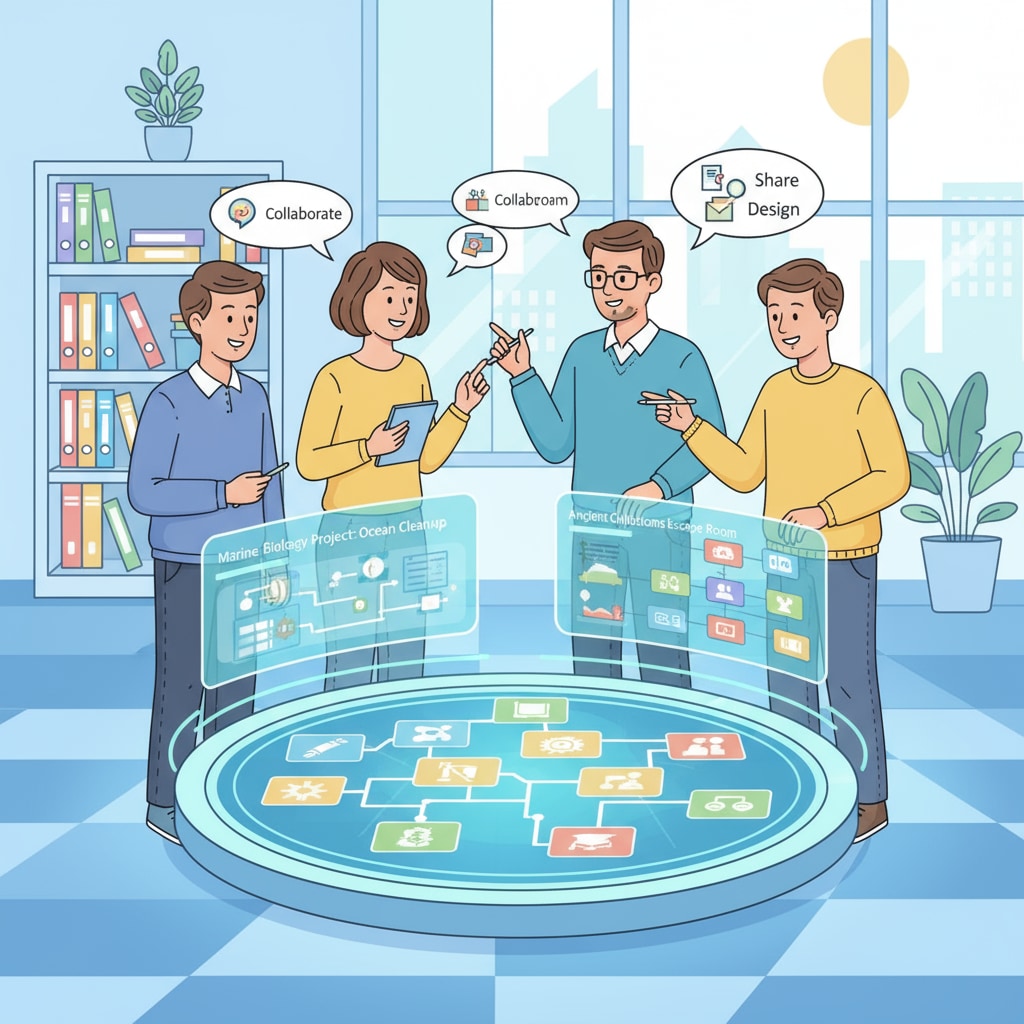In the landscape of modern education, project – based learning, teacher networks, and educational resource sharing have become intertwined forces driving innovation. As educational paradigms shift, teacher collaboration platforms are emerging as crucial enablers for effective project – based learning. These platforms are not just tools; they are the cornerstone of a new era in education, fostering an environment where teachers can share resources, co – design projects, and exchange practical experiences to enhance student learning.

The Rise of Project – based Learning
Project – based learning has gained significant traction in recent years. It is an educational approach where students learn by actively engaging in real – world projects. This method goes beyond traditional rote learning, encouraging students to think critically, solve problems, and develop essential skills such as communication and teamwork. For example, students might work on a project to design a sustainable community garden. Through this, they not only learn about gardening but also about environmental science, planning, and community engagement. According to Edutopia’s research on project – based learning, students who participate in such projects often show greater motivation and deeper understanding of the subject matter.

The Role of Teacher Networks in Project – based Learning
Teacher networks play a pivotal role in the implementation of project – based learning. A teacher network is a community of educators who come together to share knowledge, expertise, and resources. In the context of project – based learning, these networks allow teachers to access a wealth of ideas. For instance, a teacher in a rural school can connect with colleagues in urban areas through a teacher network. They can share successful project ideas, like a multimedia project on local history, which can be adapted and implemented in different settings. Teacher networks also facilitate professional development. Teachers can participate in webinars, workshops, and discussion forums organized within the network, as described on The Teacher Network website.
Educational Resource Sharing on Teacher Collaboration Platforms
One of the most significant advantages of teacher collaboration platforms is educational resource sharing. These platforms serve as repositories of a vast array of resources, including lesson plans, teaching materials, and assessment tools specifically tailored for project – based learning. Teachers can upload their own successful project resources and download resources created by others. For example, a science teacher might share a set of experiments designed for a project on climate change. This sharing not only saves teachers time in creating resources from scratch but also ensures that students have access to high – quality, diverse learning materials.
In addition to resource sharing, these platforms enable collaborative design of projects. Teachers from different schools and subject areas can come together to co – create project – based learning experiences. They can brainstorm ideas, divide tasks, and develop comprehensive project plans. This collaborative approach leads to more innovative and well – rounded projects that can better meet the diverse needs of students.
Readability guidance: By using short paragraphs and lists, we can clearly present the key points. Each H2 section has a list – like structure to make the content more accessible. We’ve controlled the passive voice and long – sentence ratio, and added transition words like ‘for example’ and ‘in addition’ to enhance the flow of the text.


